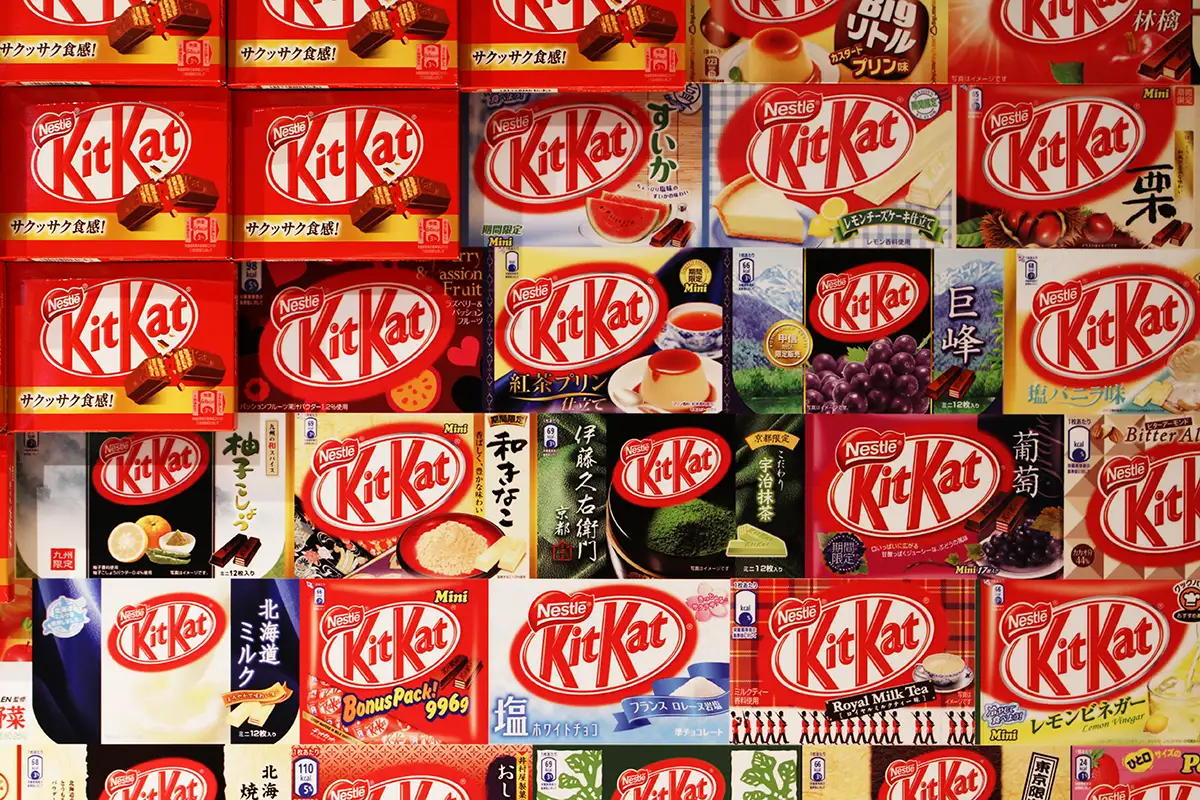I am lucky. As a training consultant who travels globally, I am privileged to get the opportunity to see & experience consumer trends from around the globe. The fascination in me still exists to see what’s new, the latest trends and retail formats & clearly what weird looking confectionary I can bring back to the family on my return home.
What becomes apparent, is that the world is smaller than we think. There are regional preferences & nuances for sure, but overall, the needs, desires & ambitions, don’t really change significantly from location to location. The same observations can be applied to the training workshops we deliver.

‘Our market is unique’ is a frequently heard refrain across the country, the region, and the world. I can confirm that on first impression, the etiquette formalities of a Top-to-Top strategic review in Tokyo seem to have little in common with the sportsball chit chat of an Australian business ‘catch-up’. Last week a delegate from Morroco shared with me that they never use PowerPoint with their clients, as the informal ‘walk, smoke & chat’ delivered most of their business commercial needs. For sure, every market does have its own cultural norms and particular twist on what is considered ‘good form’ when it comes to the crucial engagement when supplier meets buyer, but on reflection, we need to look past what’s expected to see what works.
Whatever the language or cultural context, a few consistent themes echo through what our global clients tell us in workshops & resonate in our training and consultations. Buyers are always asking, “So how does this make me more money?” Their job is literally to buy things that they can make money on—driving foot traffic to their outlets (which only too often provide exactly the same offering as their competitors), clicks to their website, more spend per transaction, saving time or labour costs, and any of the other profit drivers.

As account managers, it’s easy to think we are selling our widgets and ideas to the buyer, but in any language, the answer to the buyers’ key question is that we are selling the opportunity to make more profit. Working with a client in Japan recently, we changed their selling presentation away from talking about brand market share numbers and focus group preferences on the new packaging designs, to talk about how the new launch would bring more higher spending shoppers into the retailers’ category.
“But what about our relationship and strategic partnership?” comes the response from the account manager team. Certainly, we should work on having mutual respect between account manager and buyer, and we should strive to be ‘easy to do business with.’ But do not fall into the trap of mistaking relationship for results.
On one side, buyers see relationship (and the promise of relationship) to gather supplier insights, resources, and investments to deliver better business outcomes. In contrast, many account managers see relationship as a goal in itself—we track relationship as a KPI, reward ourselves for improved Advantage Group ratings, and celebrate our ‘supplier of the year’ awards. But let’s not lose sight of the prize.

“But we rely on our key accounts to drive volume & reduce our cost of goods” yes, again I hear you & it’s not a unique message. Too often the inference from many of our clients is of a power struggle, and their buyers are in the driving seat. For this reason, we always start our negotiation training with the critical topic of ambition & confidence, which is a must-have starting point to delivering a succinct and meaningful commercial customer benefit.
Working with our clients’ teams in markets around the globe, helping them adapt to a fast-changing environment from Grocery Code legislation, economic cost-of-living pressures, and local retail demands, it always comes back to the key question, ‘How does this proposal make us more money?’
Simon Borrill, Sentinel Consultant Director, Sydney
Kit Kat Image – Editorial credit: Ned Snowman / Shutterstock.com


